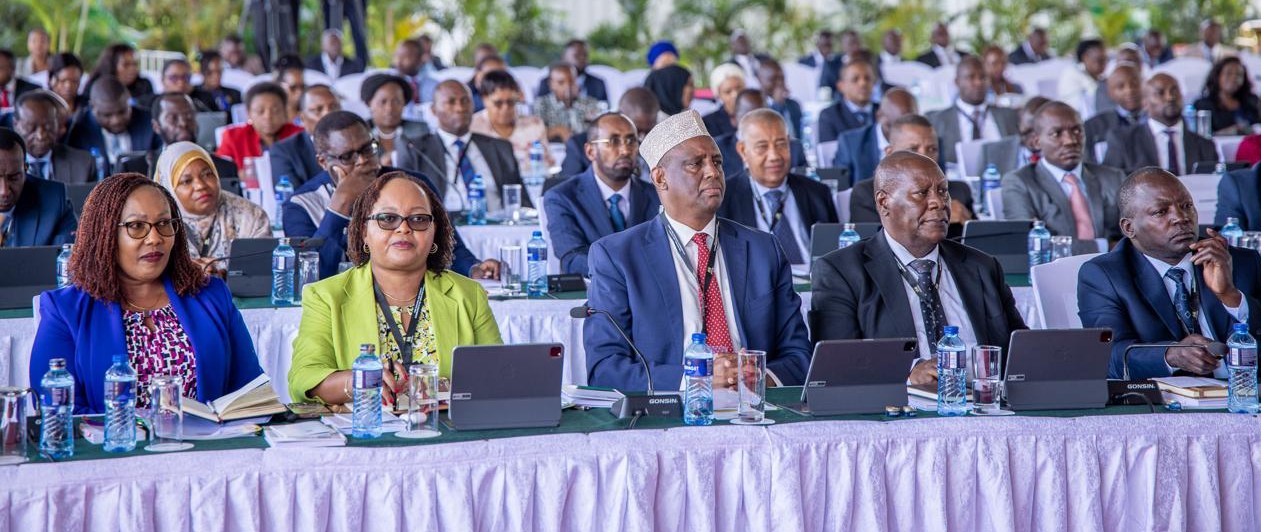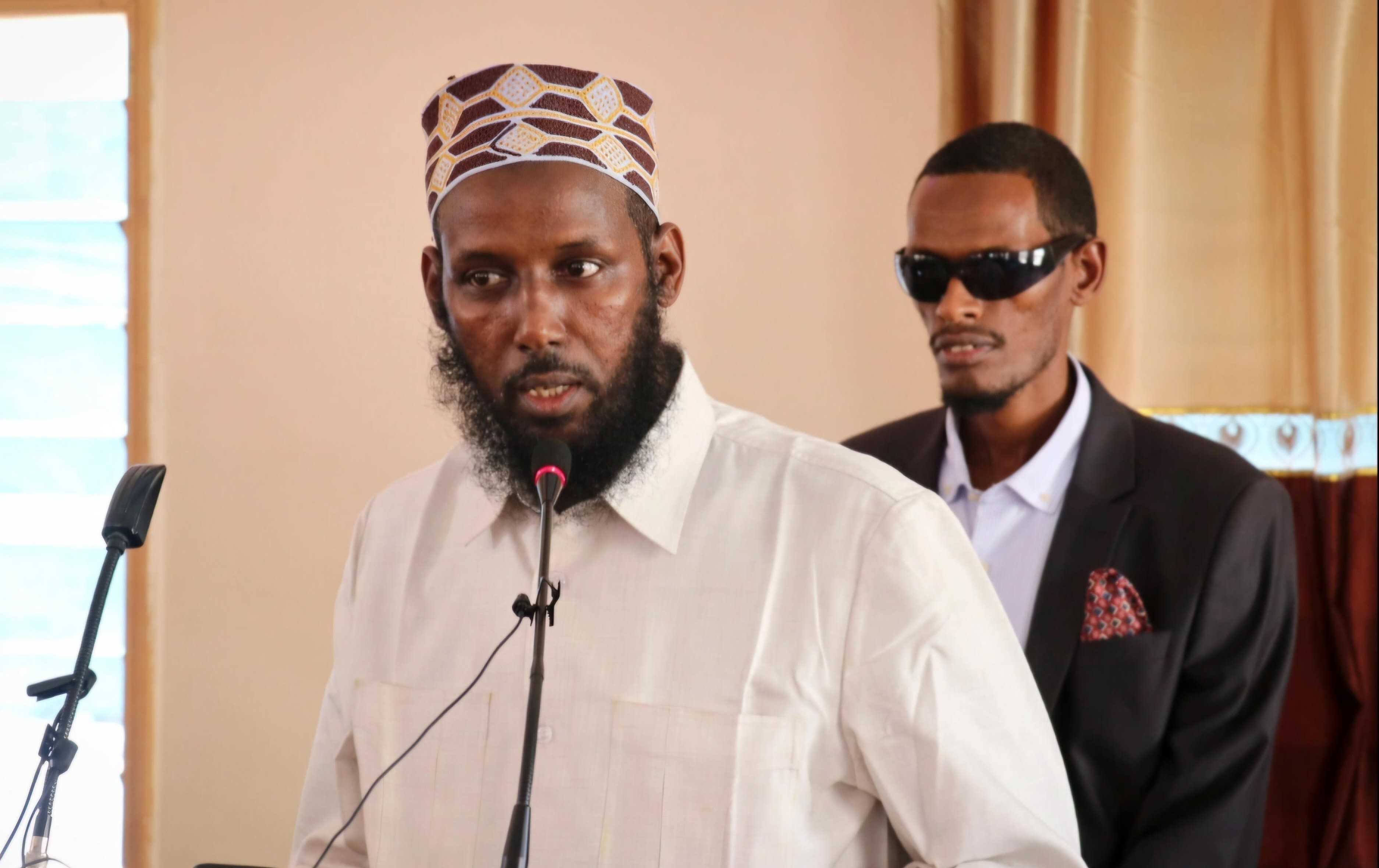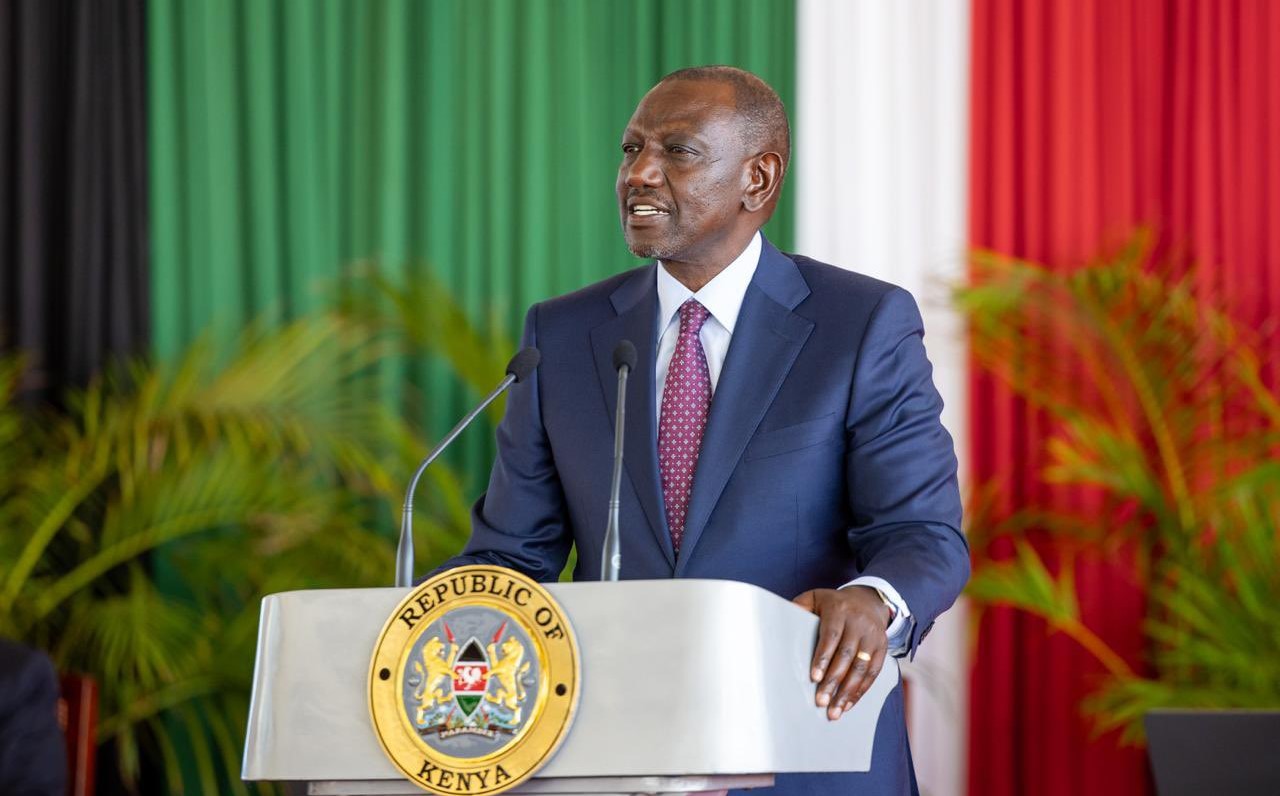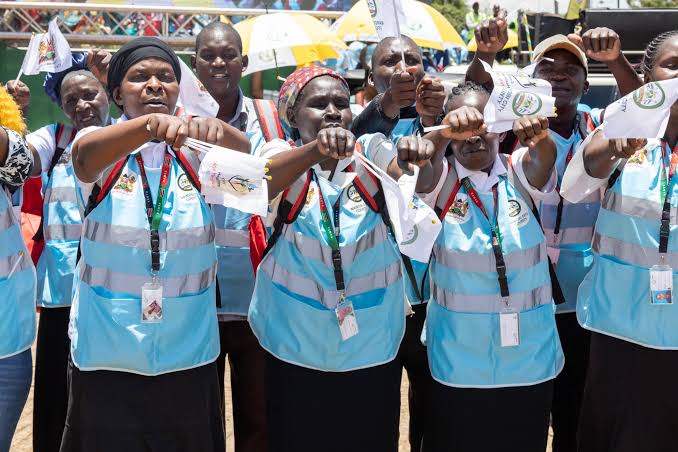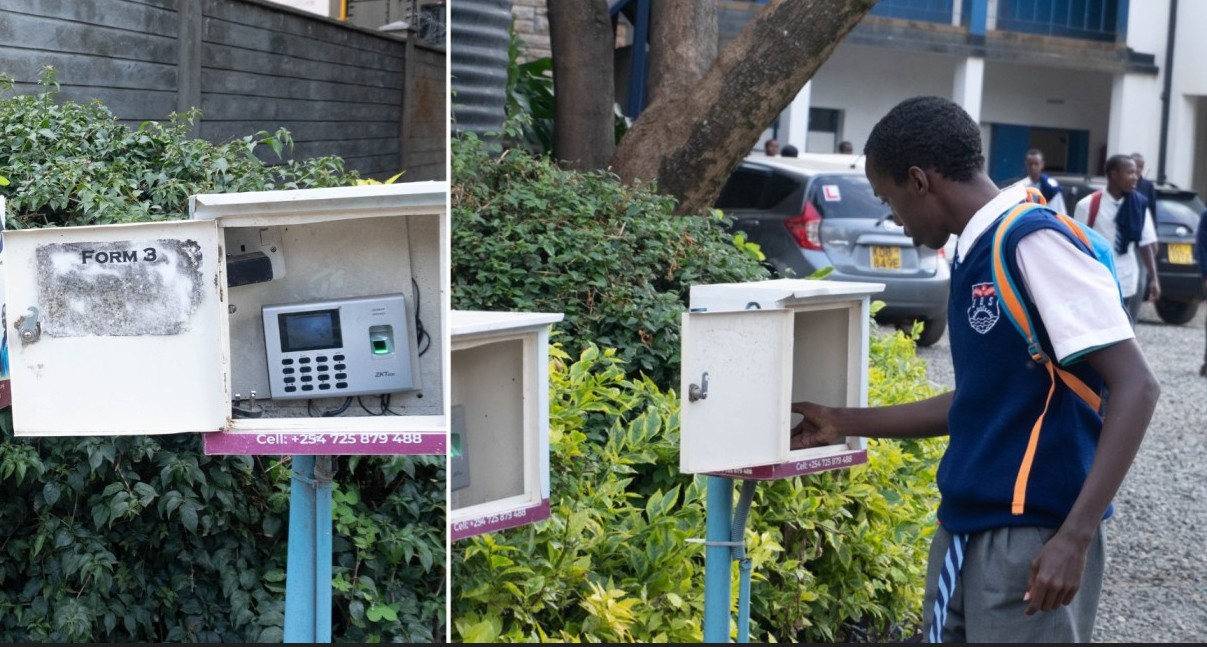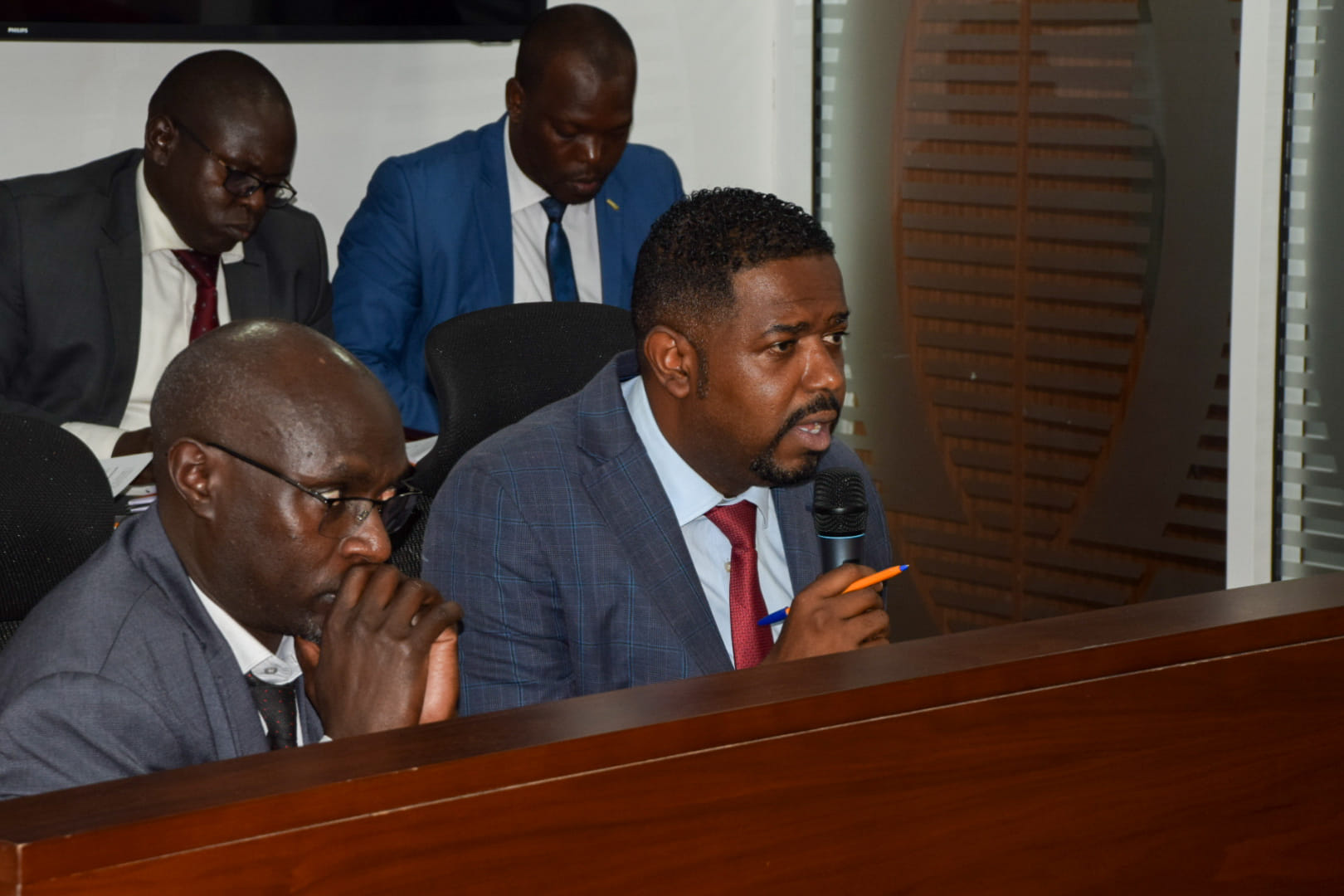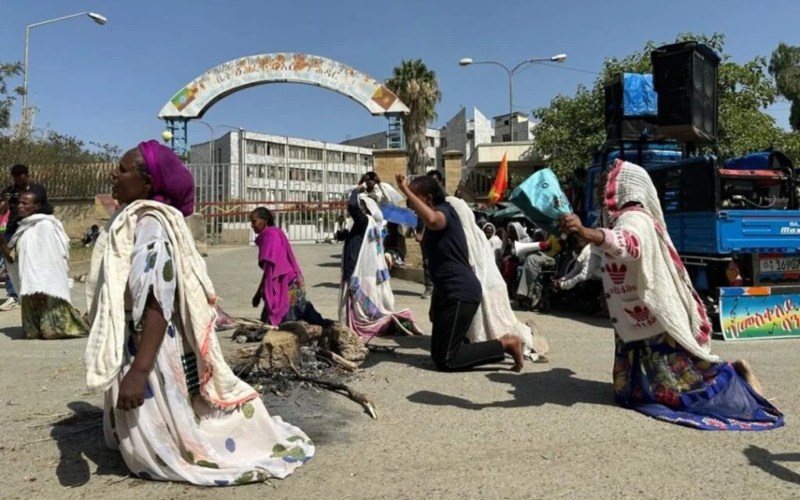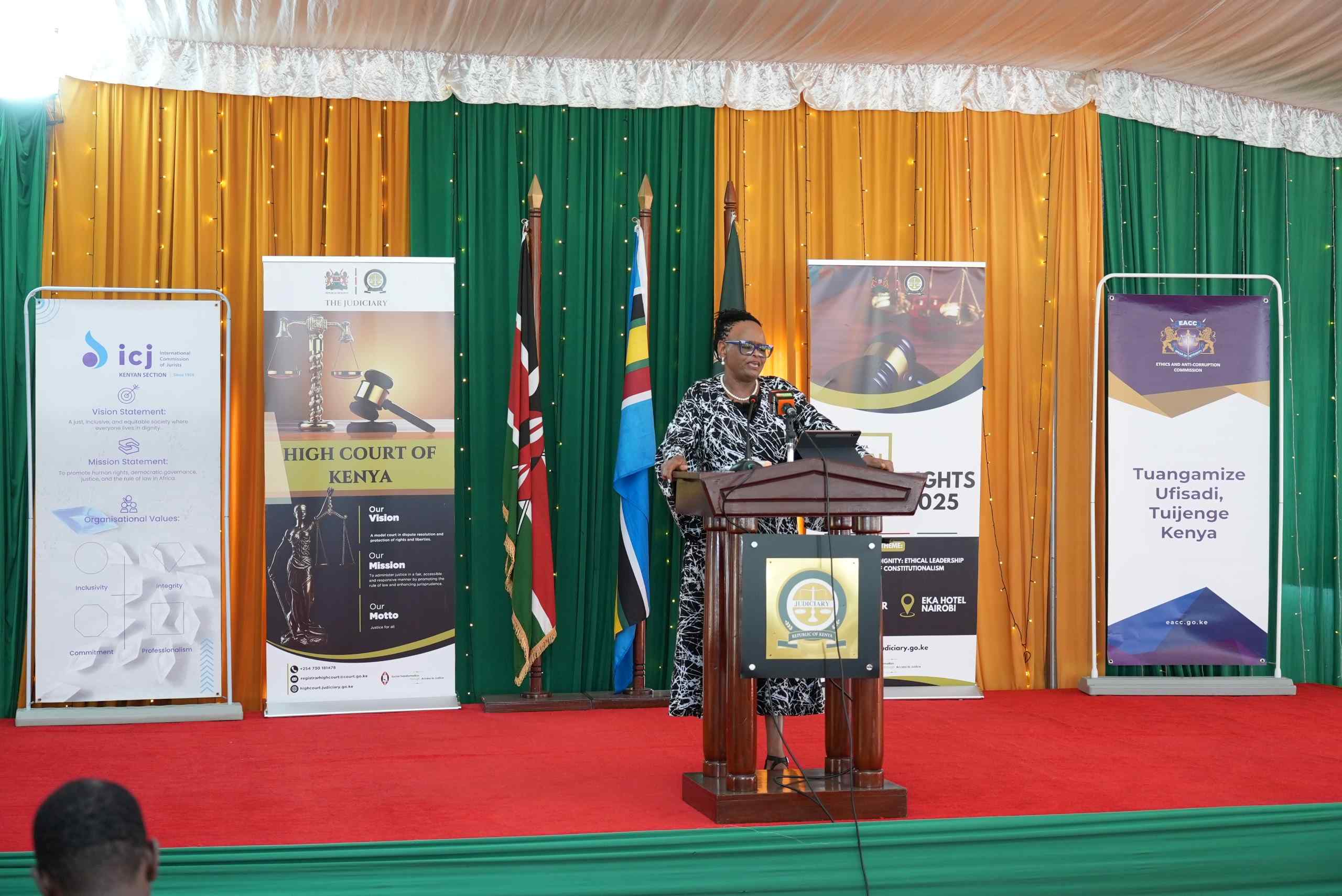ICEA survey finds most Kenyan retirees struggle to survive on pensions

Nearly half of retirees’ savings last only part of their expected retirement years, raising concerns about financial security in later life. Major spending areas include healthcare, food, and support for dependents.
A recent nationwide survey by ICEA Lion has revealed that most retirees in Kenya are unable to rely solely on their pensions to meet everyday expenses.
The findings, based on responses from 1,200 working and retired Kenyans, highlight the fragile financial state of the ageing population in a country where savings culture is weak and social security coverage remains limited.
More To Read
- Retirees demand action over Sh4 billion Nairobi Water pension arrears
- Judges poised for lifetime pension perks worth Sh5.7 billion
- Regulators warn over financial sector’s dependence on limited tech providers
- New Bill seeks to safeguard pensions for dismissed government workers
- Retirement Benefits Authority under fire over delayed pension payments to retired staff
- State agencies owe Sh6 billion in unpaid statutory deductions, Treasury warns
The "ICEA Retirement Preparedness Survey" shows that just about half of retirees feel their pension is enough to sustain them in old age. However, when actual living costs are considered, most retirees are only able to cover roughly 40 per cent of their basic needs.
“When we asked the retirees, 'Do you adequately meet your expenses for your retirement income?' A majority of 76 per cent said only to some extent,” said Jackline Ochieng, the research lead at ICEA.
The survey further shows that nearly half of retirees’ savings may last only part of their expected retirement years, raising concerns about financial security in later life. Major spending areas include healthcare, food, and support for dependents.
30 per cent of retirees dedicate between 11 and 20 per cent of their income to medical costs, while a third spend up to 30 per cent of their earnings on food. Another third continue to provide financial support to children, grandchildren, or other dependents.
“This study moves the conversation from assumption to fact. Medical and dependent-related expenses continue to burden retirees despite having limited income streams,” Ochieng noted.
The survey also reveals that many workers are inadequately preparing for retirement. Only 29 per cent feel confident that their current pension contributions will suffice when they retire, even though 57 per cent participate in a pension plan.
Nearly 41 per cent save less than 10 per cent of their earnings, 60 per cent have no retirement expense plan, and almost a quarter rarely consider inflation’s impact on future savings.
Education appears to influence retirement preparedness. Workers with higher education levels tend to save more, plan better, and utilise pension products consistently.
There is a noticeable gap between formal and informal sector employees: 76 per cent of formal workers contribute to pensions, compared to just 33 per cent in the informal sector, with formal workers saving nearly double on average.
Among retirees, 95 per cent of those from formal employment had pension savings, while half from the informal sector retired without any pension.
“NSSF is the most common pension option, followed by voluntary schemes. Beyond that, banks and mobile-money platforms are popular among workers, while retirees rely more on Saccos and community-based savings,” Ochieng said.
The survey also highlights that almost half of workers do not expect pensions to be their main income in retirement, planning instead to rely on other savings.
ICEA’s Retirement Preparedness Index, which considers savings, financial adequacy, and sustainability, scored Kenya at 0.5418, moderate but leaning low.
While there is awareness of the need to plan for retirement, saving habits and financial strategies fall short. Ten per cent of savers frequently withdraw from their pensions early, mostly for urgent needs, adding to the financial strain.
Top Stories Today

